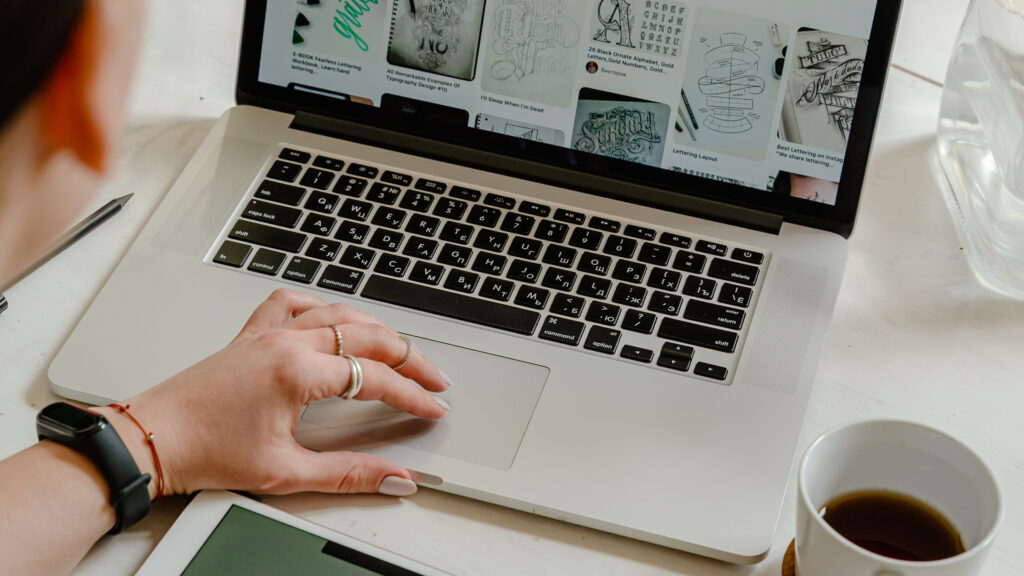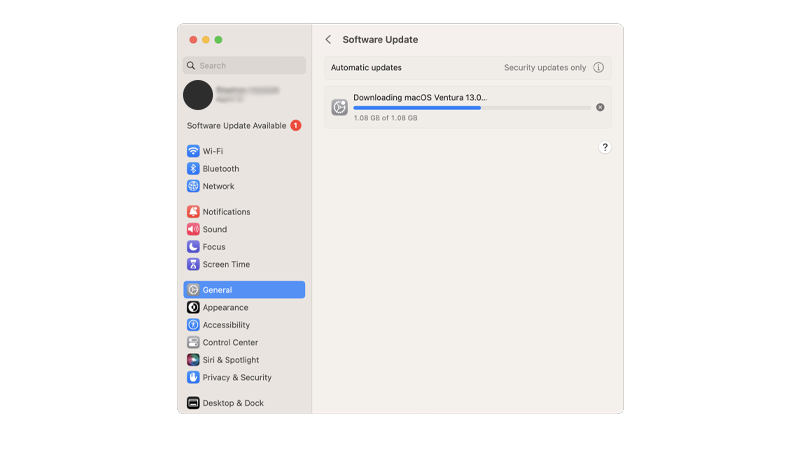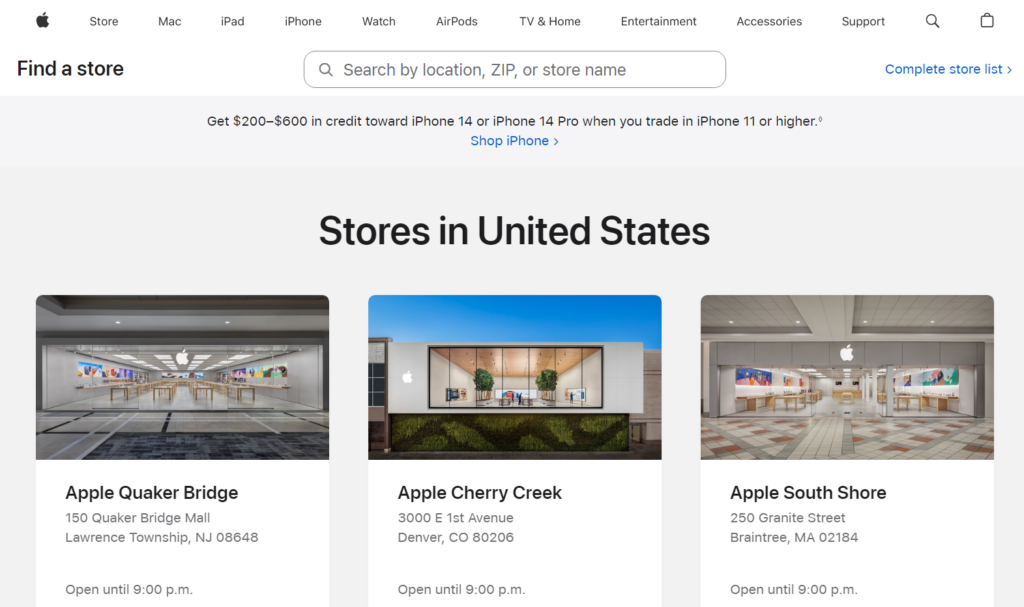Can’t figure out why the trackpad is not working on your MacBook?
MacBooks have class-leading trackpads which feature swipe gestures that help you navigate macOS and scroll through pages conveniently.
Despite its overall functionality, MacBook’s trackpads aren’t entirely flawless.
Like other laptops, you can encounter all sorts of issues, like lags or the pointer not moving.

In this guide, we’ll show you what to do if the trackpad on your MacBook is not working.
Let’s get started!
1. Clean the Trackpad.
Before changing your configurations, try cleaning your trackpad first. Oils and debris can accumulate on your trackpad, making it harder for your MacBook to detect touches.
Grab a clean microfiber towel and dampen it with a little isopropyl alcohol. Gently wipe the trackpad’s surface to remove smudges.
Try using the trackpad again to check if the problem is solved.
2. Restart Your MacBook.
A simple restart might be what your MacBook needs to get the trackpad working again.
Restarting your system reloads your resources, resolving temporary errors that may have occurred during use.
This also clears the system memory, removing unused and corrupted data.
Here’s how you can restart your MacBook without using the trackpad:
- Press Control + Command + Power button on your keyboard.
- Wait for your MacBook to boot.
Try using the trackpad again.
3. Force Restart Your MacBook.
If restarting your MacBook did not work, try performing a restart. This restarts your MacBook at a hardware level by cutting off power from the battery.
Follow the steps below to guide you through the process:
- Press and hold the Power button on your MacBook until the screen shuts off.
- Now, wait for 5-10 seconds.
- Turn on your MacBook again by pressing the Power button.
Use the trackpad to see if it responds.
4. Reset NVRAM (Intel Macs).
If your MacBook is still using an Intel processor, try resetting its NVRAM (non-volatile random-access memory). This is a small amount of memory on your system that stores certain settings.
Follow the steps below to reset NVRAM:
- First, make sure that your MacBook is fully turned off. You can hold down the Power button until the screen shuts off.
- After that, turn on your Mac and immediately hold the Option + Command + P + R keys.
- After 20 seconds, release the keys, and your Mac should restart.
Once done, check if your trackpad works.
5. Reset System Management Controller.
The System Management Controller or SMC is tasked to handle power distribution on your Mac.
Resetting the SMC can resolve issues related to power or thermal management. It can also fix other hardware-related problems.
If your MacBook’s trackpad is not responding, try resetting the System Management Controller.
MacBook w/ Apple Silicon:
- Make sure that your MacBook is plugged into a charger.
- Now, shut down the device by holding the Power button for a few seconds.
- Turn on your MacBook normally.
MacBook w/ T2 Chip:
- Turn off your MacBook.
- On the keyboard, press and hold Control + Option + Shift keys together with the Power button.
- Keep holding all keys for another 7 seconds and release them. Turn on your Mac normally.
MacBook w/o T2 Chip:
- Make sure that your MacBook is turned off.
- On your keyboard, press the Shift + Control + Option keys together with the Power button.
- Continue holding all keys for 10 seconds. Release the keys afterward and turn on your Mac normally.
Proceed to the next solution if the trackpad on your MacBook still doesn’t work.
6. Boot in Safe Mode.
If the issue persists, try booting your MacBook in safe mode. This helps us identify whether the problem is caused by third-party applications you’ve installed.
For Apple silicon-based Macs, here’s how you can restart it in safe mode:
- Access the Apple Menu on your Mac and choose Shut Down.
- Wait for your Mac to shut down completely.
- Next, hold the Power button on your Mac until the “Loading Startup Options” page shows up.
- Choose a volume.
- Hold the Shift key on your keyboard and click Continue in Safe Mode.
If you’re using an Intel-based Mac, here’s what you need to do:
- Access the Apple Menu on your Mac and choose Shut Down.
- Wait for your Mac to shut down completely.
- Now, turn on your Mac and immediately press and hold the Shift key.
- Release the Shift key once you see the login window.
- Follow the prompts to log in to your Mac.
Note
You can check if your Mac is in Safe Mode by doing the following:
- Hold the Option key and click on Apple Menu > System Information.
- Next, click on Software on the sidebar.
- Find the Boot Mode section, and the value should be Safe.
Head to the next solution if your MacBook’s trackpad works in safe mode.
7. Update Your Mac.
If your trackpad works in safe mode, use it to update your MacBook’s software.
The version of macOS you’re using might have an underlying issue that prevents your trackpad from functioning.
Here’s what you need to do:
- In the upper left corner of your screen, click the Apple icon to open the Apple Menu.
- Now, click on System Settings.
- Inside settings, navigate to General > Software Update.
- If a new version is detected, follow the prompts to install the update.

Note
- Your Mac can restart several times while installing the update.
- The update progress bar might also appear to be stuck. When this happens, don’t do anything. Software updates can take several minutes to complete.
Once done, boot your MacBook normally to check if your trackpad works.
8. Uninstall Recently Installed Apps.
Third-party applications could also be the reason your trackpad doesn’t work. Go back to safe mode and try uninstalling recently installed applications on your MacBook.
Check out the steps below to delete apps on your MacBook:
- Boot in safe mode and open Finder.
- Now, open the Applications folder.
- Identify the apps you’ve installed before the issue occurred.
- To delete an app, click on it and drag it to the Trash.
- Repeat the process until you’ve removed all recently installed apps.
Boot your MacBook normally to check if the problem is solved.
9. Visit the Apple Store.
If none of the solutions above worked, we recommend that you bring your MacBook to the nearest Apple Store.

You might be dealing with a hardware issue, and your MacBook’s trackpad needs to be replaced.
Before heading to the store, check if your MacBook is still covered by warranty to know your repair options.
If you had your MacBook for less than 14 days, you can still return it for a refund or replacement, provided that you purchased your device directly from Apple.
That ends our guide for fixing the trackpad if it’s not working on your MacBook.
For your questions and other concerns, please drop a comment below, and we’ll do our best to answer them.





